Our first paychecks are often the most memorable. In this GOOD Money series, people share the details of their first career splurge—the first time they made real money and how they spent it.
In high school, all the wealthy girls had one thing in common: They smelled good. The distinctive notes of Clinique—citrusy, beachy—and Burberry Brit—upscale and crisp like a pear—followed them through the halls and lingered after they had left classrooms.
I would shake with envy whenever I caught a whiff of that wealth. Fragrances, to me, were the ultimate symbol of taste, refinement, and disposable income; they were also the polar opposite of me and my kin. My family drove used cars, worked blue-collar jobs, and regularly returned bottles and cans for change. We could barely afford trips to Value Village for secondhand jeans, let alone $80 on less than an ounce of pastel liquid. What my mom could afford was a pack of cigarettes. Though she attempted to mask her habit with incense, I often found that my hair and clothes carried the stale scent of secondhand smoke—a bouquet I came to associate with low incomes and lousy luck.
When I first expressed an interest in scents, my mother told me perfume was another attempt by society to control the body. After a brief fling with Opium, Yves Saint Laurent’s spicy, stir-causing fragrance of the 70s, she’d switched to earthy essential oils, determining designer fragrances, generally, were a racket—maybe because we couldn’t have purchased them anyway. It’s easy to reject things that are beyond your reach.
But like any teenager, I wanted what I couldn’t have. Desperately. Flipping through Seventeen and Cosmopolitan, the secret ingredients for a life of fun and glamour seemed to be two things: money and taste. This was never about boys (they were easy and didn’t seem to care what I smelled like), it was about me and my perceptions of wealth. I was, to my mind, from the proverbial other side of the tracks, and I wanted my Pretty in Pink ending.
This manifested in an obsession with smelling good (by which I mean smelling perfumed). If nothing else, I decided, I could at least smell as if I had rich, classy parents. And so, the hunt began for my signature scent.
I’d test out the Impressions line ($5 knockoffs of popular scents) at Rite Aid, but even I could tell that they were cheap imitations. I bought some horrific $1 peach-scented body mist from the Cash King that smelled more like a wine cooler than a perfume. I shoplifted a Bottled Emotion from Claire’s. On the weekends, I’d hang around our local mall’s perfume counter, trying to scam additional samples from the sales ladies, at one time liberal with the small vials, but who quickly became wise to my game.
It was there that I discovered the first love of my life, a newer fragrance, announced with a massive in-store display behind the counter: Chanel Chance.
With its gold-trimmed box and three-figure price tag, Chance (French for “luck”) represented everything I wanted to be. Designed to be a youthful alternative to the classic—if a bit stuffy—No. 5, Chance was cosmopolitan. It reminded me of New York, where I’d never been. It was elegant, lightly peppery, and floral, without being saccharine or sickly. Most of all it was expensive, which, like any poor kid, I immediately associated with. I made a promise to myself: When I became an adult, I’d get out of my small town, move to a real city, and get a job that paid me enough to buy Chanel Chance and wear it every single day.
That’s how I’d know that I made it.
At 24—after nearly a decade of working nonstop and grinding out a career—I got the chance, quite literally. With my first real paycheck (at the time, $40,000 per year seemed massive) directly deposited into my account, I strode into the Sephora in downtown Seattle and proudly plopped down my debit card (and banked my Beauty Insider points like a good little saver). Back home, I cradled the slender pink box in my hands before carefully removing the cellophane. I set the bottle on my countertop—round and slim, like a lucky coin—and stared at it.
It wasn’t the first designer good I’d purchased (I had a Kate Spade bag from an outlet mall), but it was my first big purchase for the sole purpose of feeling pretty—and, let’s be honest, for feeling wealthy and successful. The next morning, I applied it to my wrists and neck and left the house with more confidence than I’d felt in years. Now I had the life I always wanted. Now everything I’d achieved came into focus.
I’m a far cry from being as wealthy as I thought I’d be—but since that first bottle of Chance finally ran dry after about a year, I’ve always been able to replace it religiously. All told, it’s a pretty low-cost investment—less than $10 per month—for something that still makes me feel so good. And it really, really still does.
I’ve flirted with other fragrances, but none have stuck. Chance still smells like me—where I came from, how I’ve worked for it, and where I’m going.
















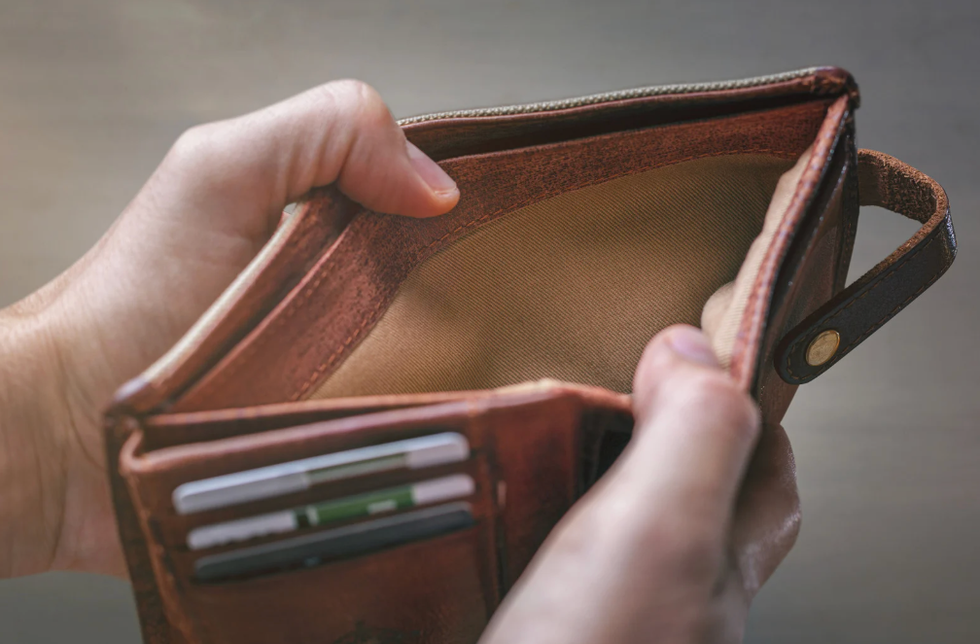 Take home pay is becoming less and less as expenses rise year after year.Photo credit: Canva
Take home pay is becoming less and less as expenses rise year after year.Photo credit: Canva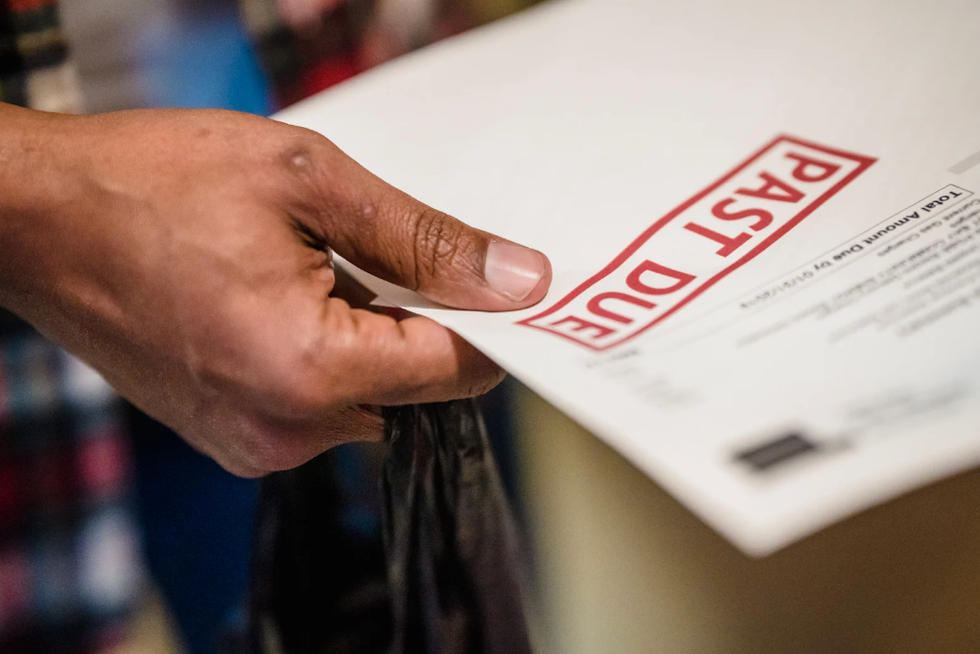 Making bill payments gets harder each year.Photo credit: Canva
Making bill payments gets harder each year.Photo credit: Canva


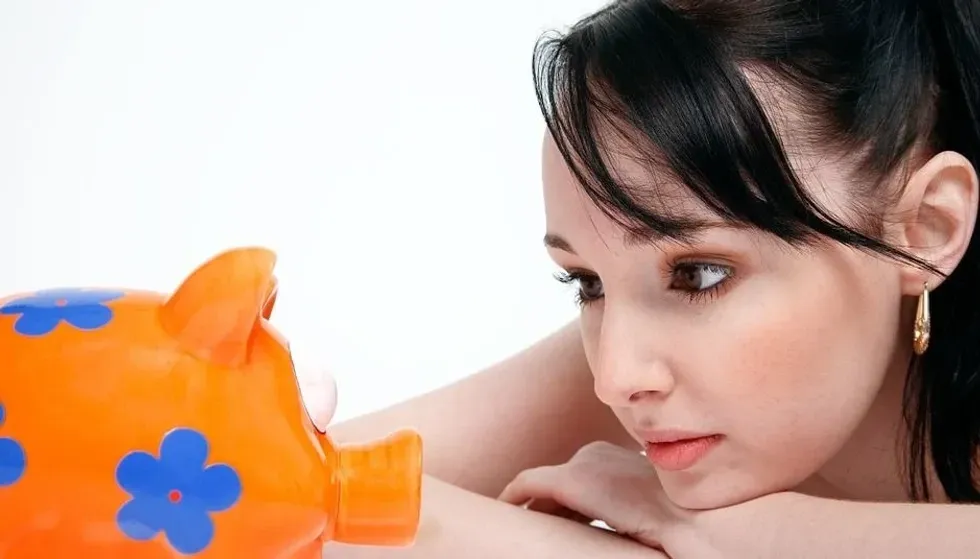

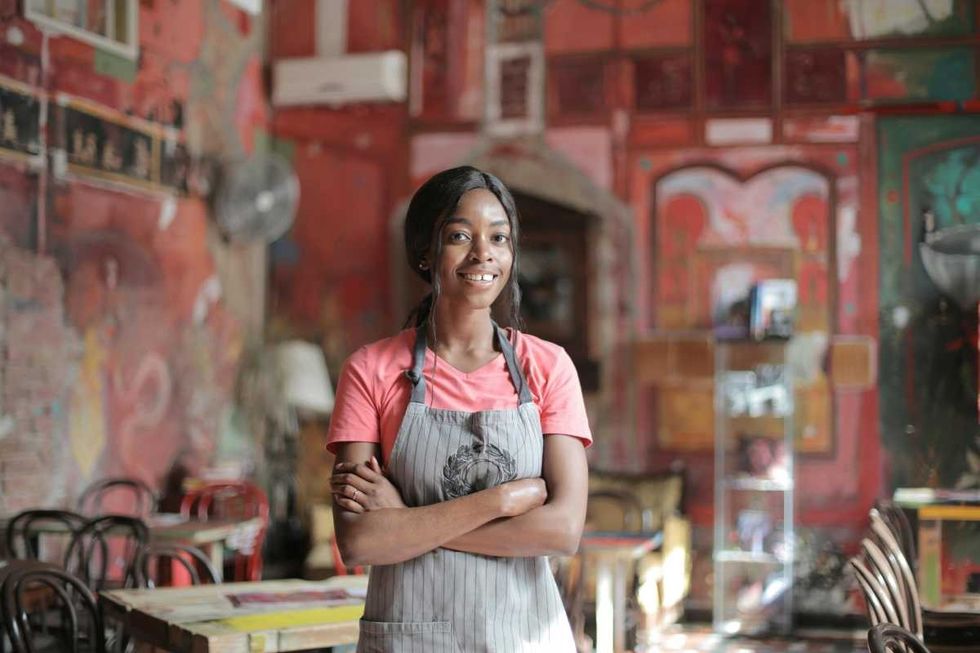 Representative Image Source: Pexels | Olly
Representative Image Source: Pexels | Olly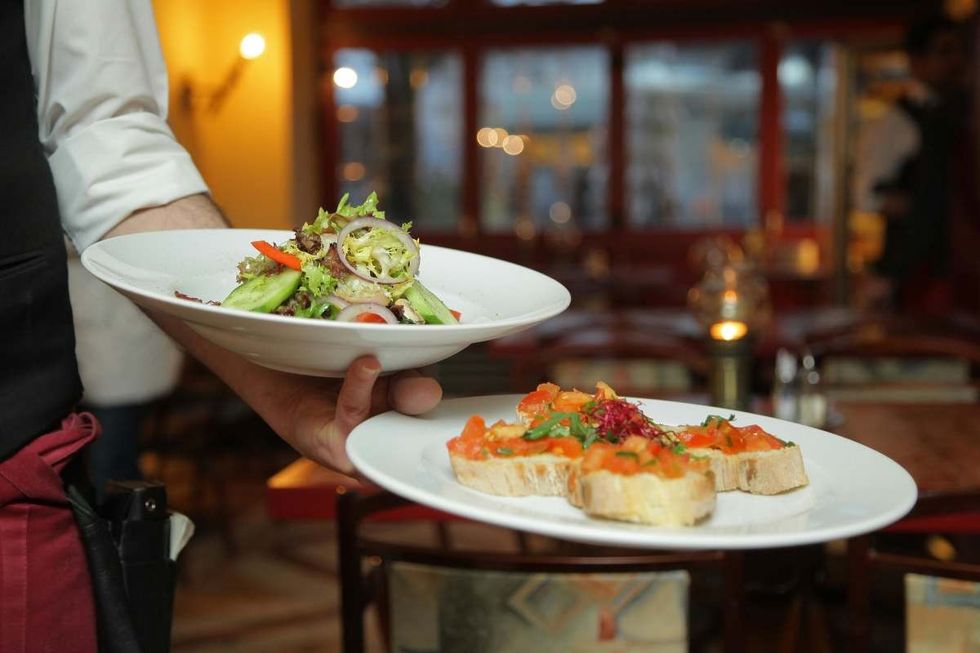 Representative Image Source: Pexels | Pixabay
Representative Image Source: Pexels | Pixabay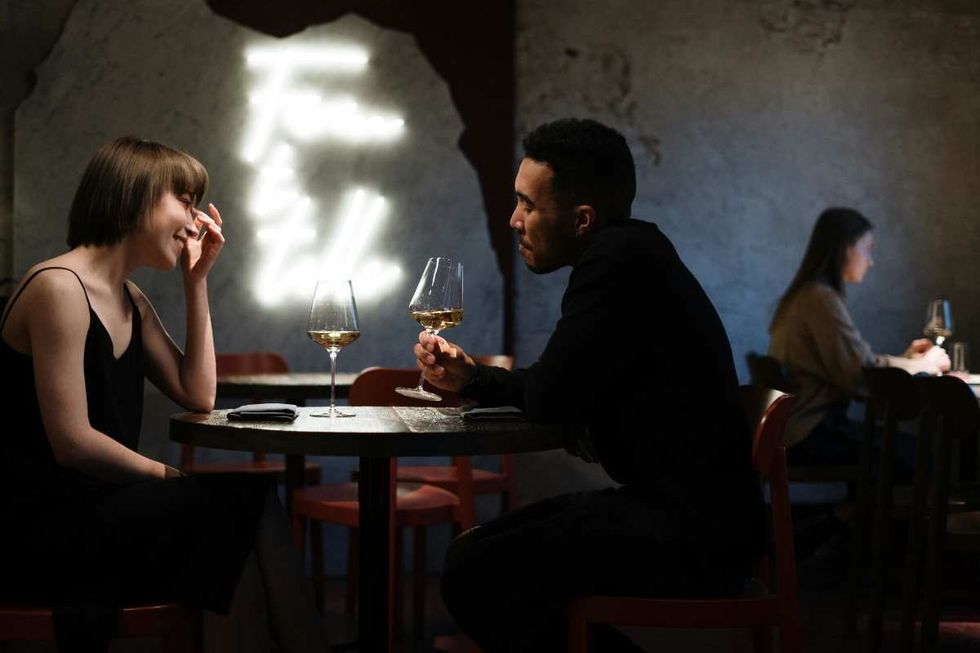 Representative Image Source: Pexels | Cottonbro
Representative Image Source: Pexels | Cottonbro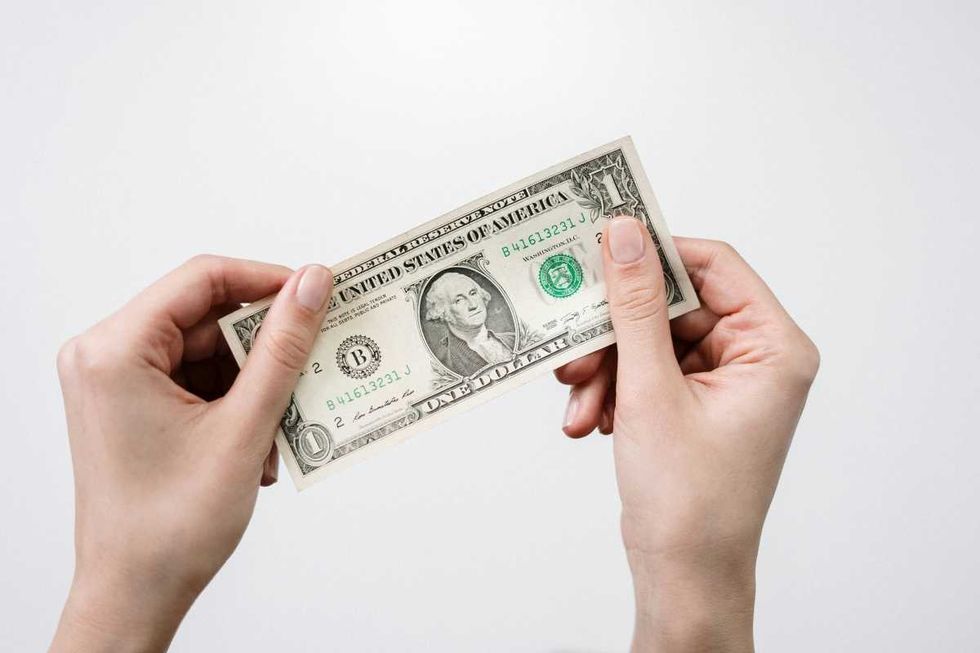 Representative Image Source: Pexels | Cottonbro
Representative Image Source: Pexels | Cottonbro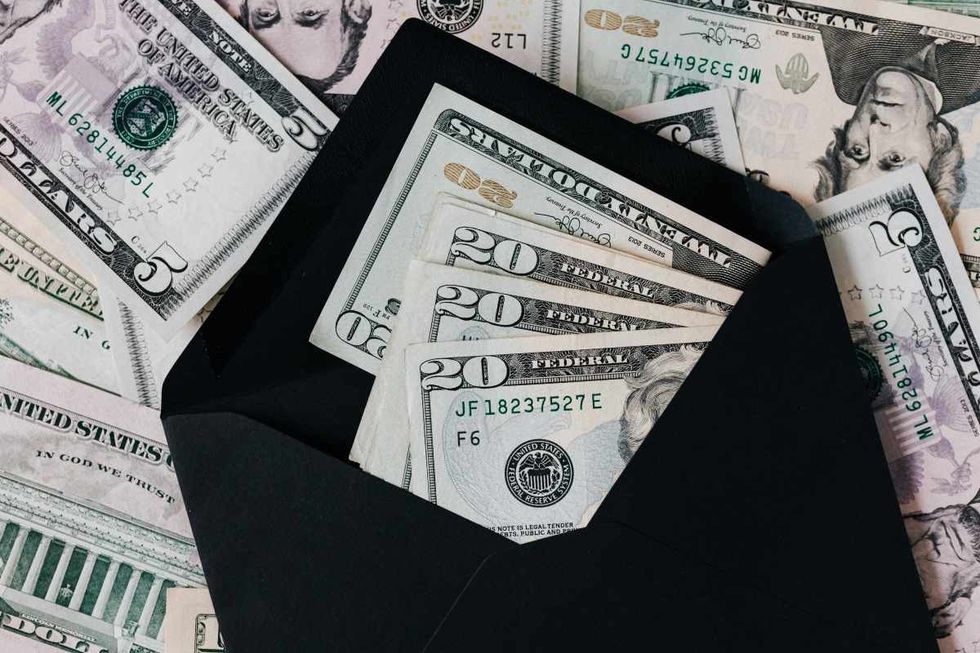 Representative Image Source: Pexels | Karolina Grabowska
Representative Image Source: Pexels | Karolina Grabowska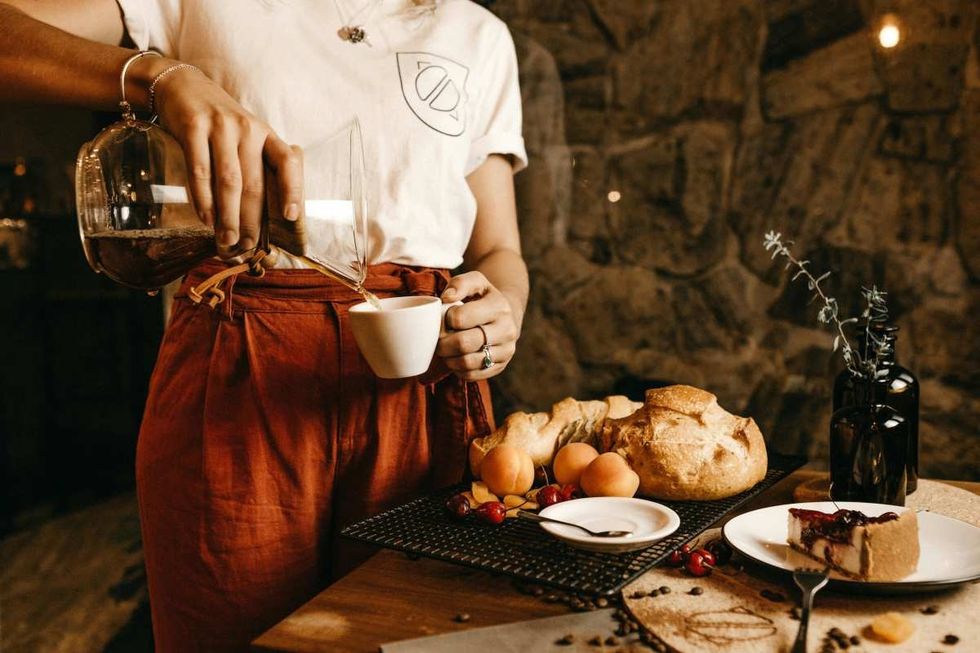 Representative Image Source: Pexels | Jonathan Borba
Representative Image Source: Pexels | Jonathan Borba Image Source: Reddit |
Image Source: Reddit |  Image Source: Reddit |
Image Source: Reddit |  Image Source: Reddit |
Image Source: Reddit | 
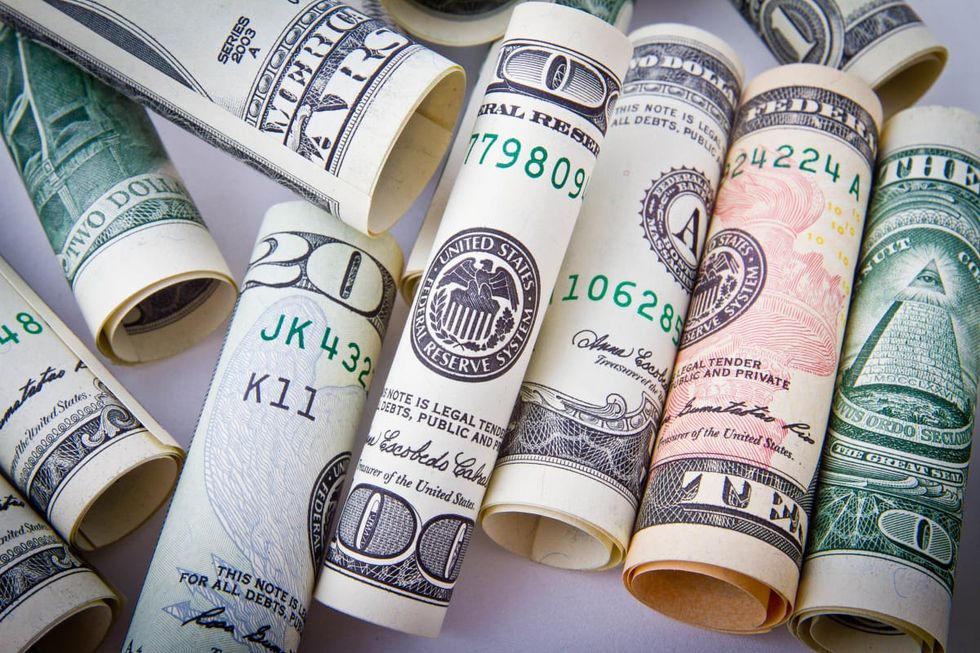 Representative Image Source: Pexels | Pixabay
Representative Image Source: Pexels | Pixabay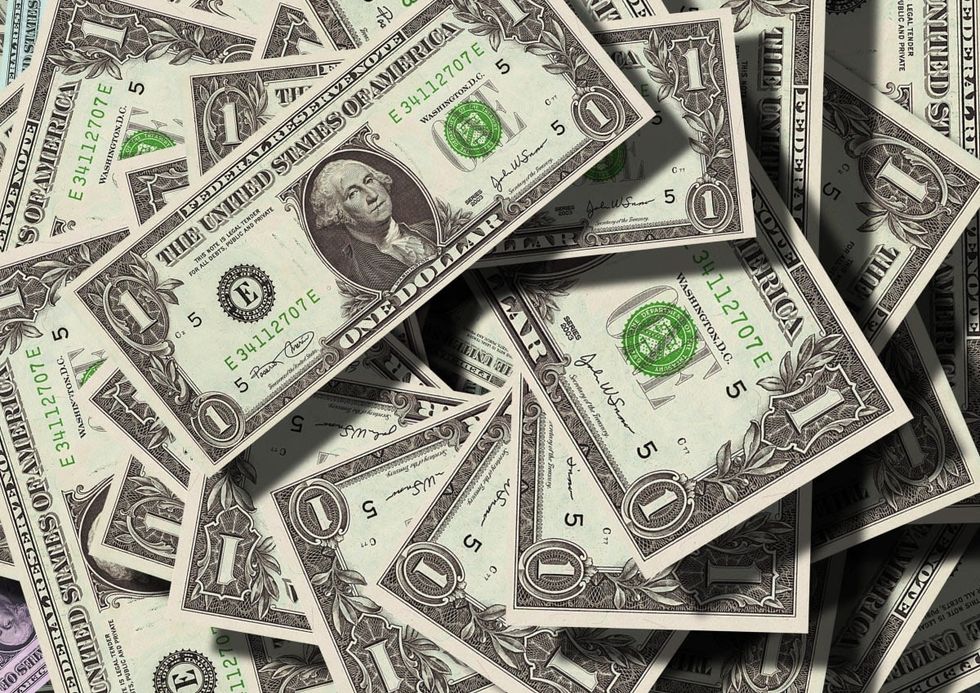 Representative Image Source: Pexels | Pixabay
Representative Image Source: Pexels | Pixabay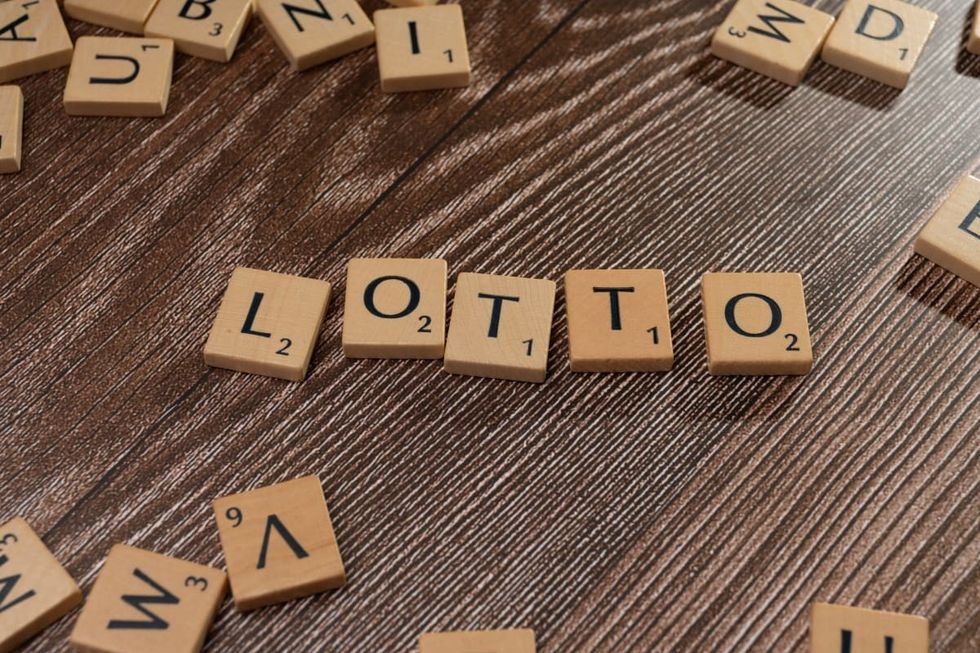 Representative Image Source: Pexels | markus winkler
Representative Image Source: Pexels | markus winkler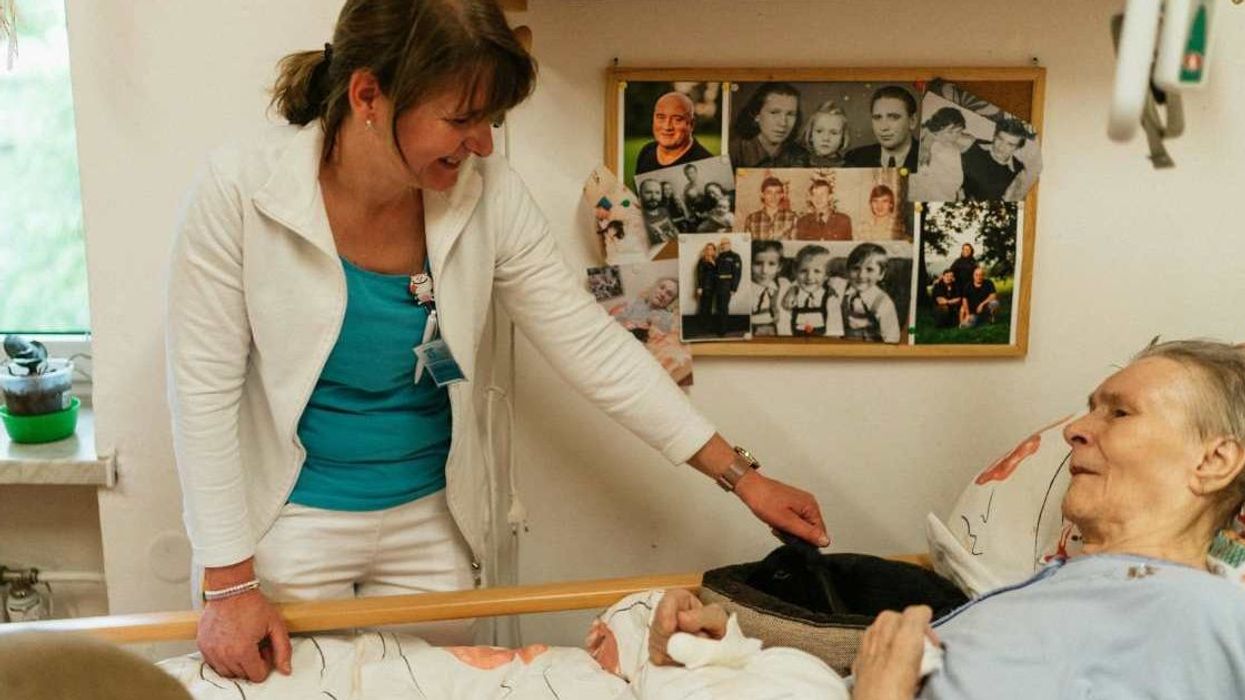
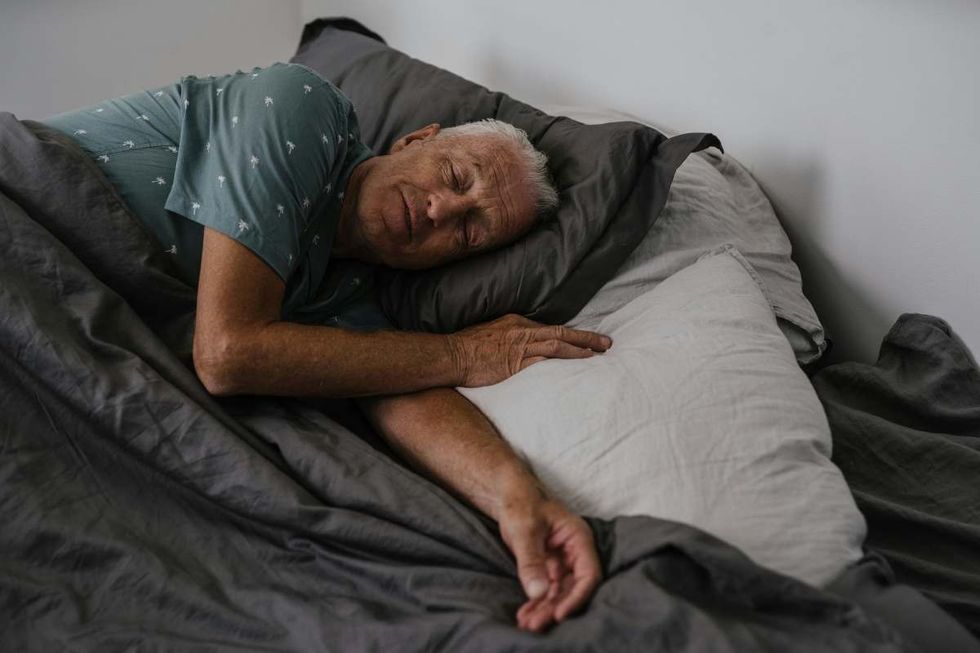 Representative Image Source: Pexels | Shvets Production
Representative Image Source: Pexels | Shvets Production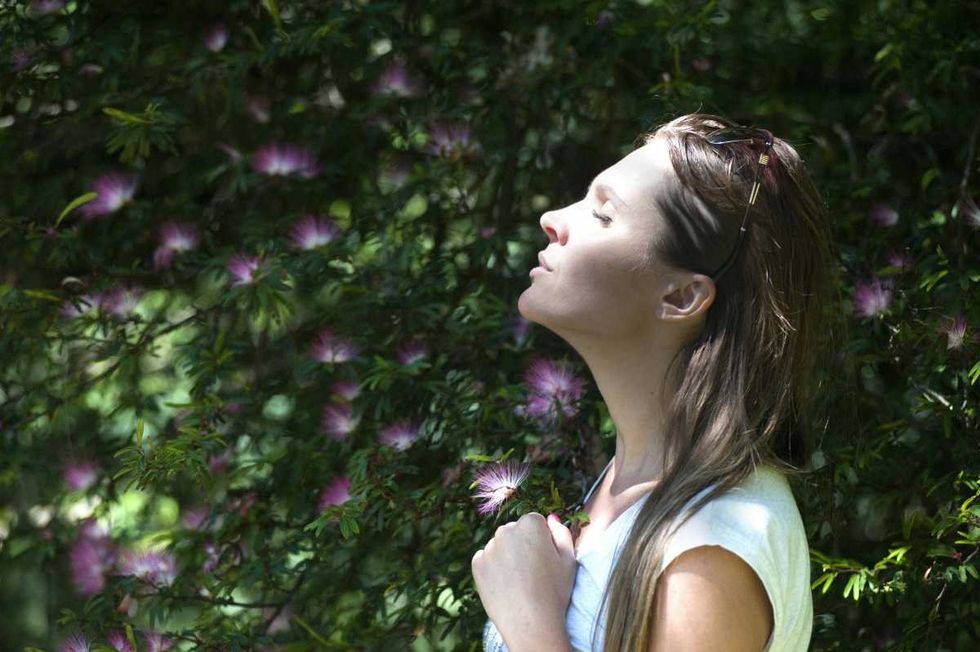 Representative Image Source: Pexels | Oleksandr P
Representative Image Source: Pexels | Oleksandr P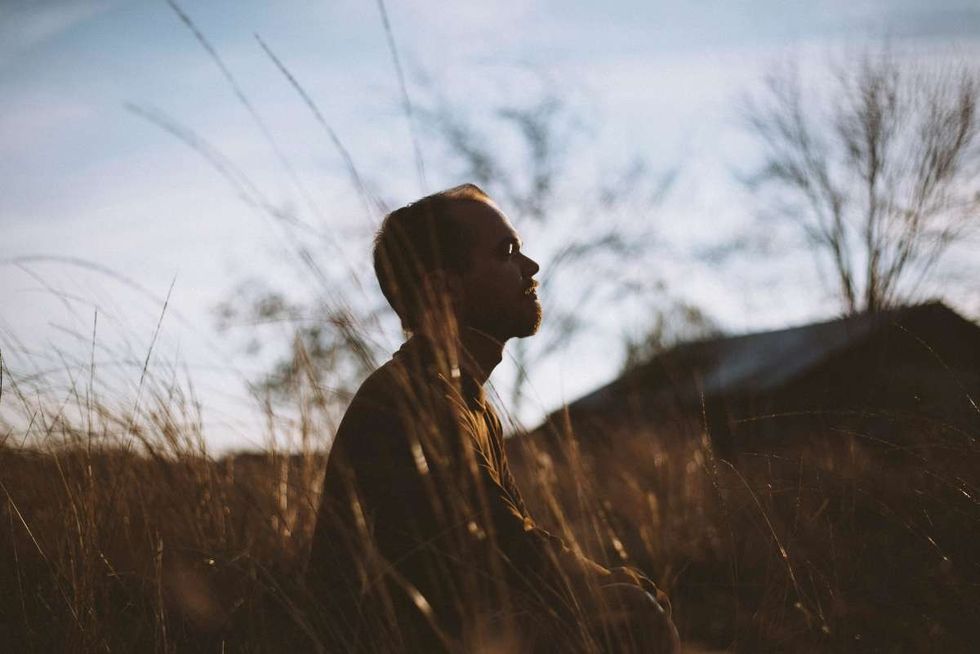 Representative Image Source: Pexels | Photo by Spencer Selover
Representative Image Source: Pexels | Photo by Spencer Selover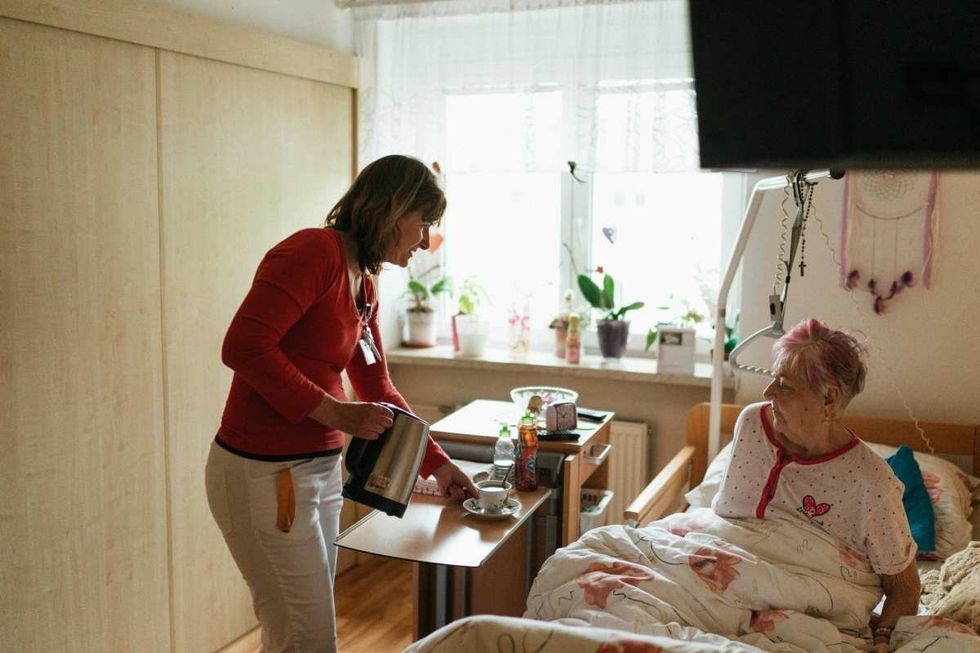 Representative Image Source: Pexels | JSME Mila
Representative Image Source: Pexels | JSME Mila